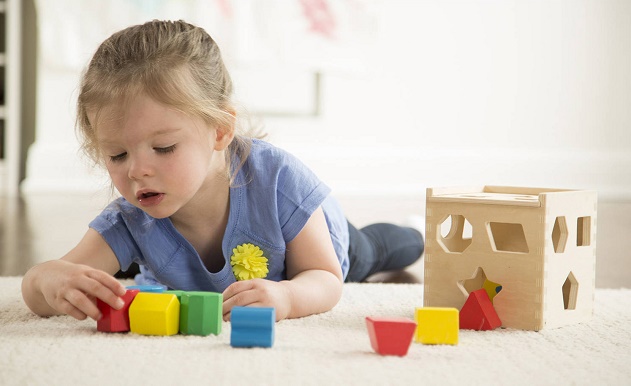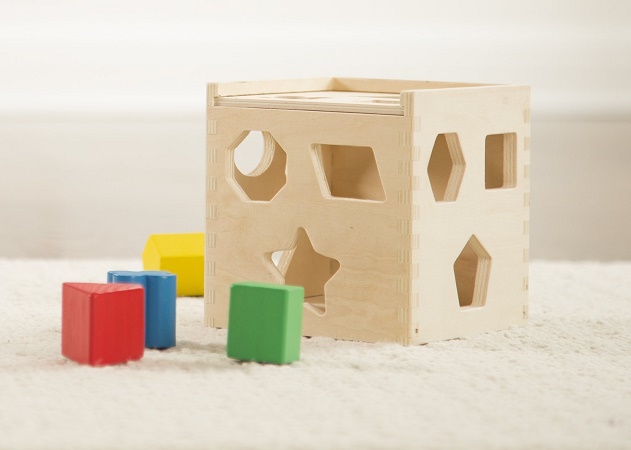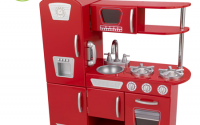The Importance of Children’s Toys Shapes for Prompting Ideal Mental Development
From a very early age, children are able to notice the different shapes that exist even though they don’t know their names. Since it takes a longer period of time for a child to be able to learn the names, there are certain methods that can motivate the children to acquire the knowledge faster. It is best if the methods are realised through play as this is the only way children can be truly interested in learning. Therefore, carefully designed toys can help them think faster, brainstorm and make decisions, all of which helps to develop the mental health of the child. One beneficial practice that allows the beforementioned is sorting and playing with shapes.

Basically, children’s toy shapes sorters can be found in many varieties and all of them have the same concept: the wooden or plastic 2d or 3d shapes should be fitted correspondingly into the shaped holes of the container. It is a challenge that children love to do since this way they learn to brainstorm while trying to fit a shape into the right hole. Furthermore, once this is achieved, what comes next is learning the names of the colours and shapes. It is safe to say that shape sorters have a hugely beneficial effect on the child’s development. So, what are the different ways shape sorters can contribute to children’s development?
To begin with, children’s toy shapes sorters facilitate the development of the fine motor skills. Fine motor skills are the coordination of movements of the smaller muscles of the hands and feet. In order for everyday routines such as eating, picking up things, writing and other small tasks to be mastered, the mastery of the fine motor skills is of essential importance. By playing with these types of toys, children pick up different shapes, turn them over, and try to fit them in the holes. Hence, they practice their fine motor skills.

Secondly, children learn about action and reaction or cause and effect. Once they master this skill, children will be able to make predictions about what will happen and think about what caused something to happen. Thus, the children realize that pushing the shape into the right holes will provide them with the satisfaction of doing something right. Moreover, they will get the idea of object permanence as well which means that they will know the loo of the shape even if it is out of sight – they would open the container and find the right shape inside.
Next, children improve their problem-solving skills. Small children love challenges and are fascinated by obstacles as they don’t give up easily until they find a solution to their problems. What children gain from this is success, confidence and independence. By sorting the shapes, the children are persistent to find the right hole for the shape they are holding in their hands and this is what encourages their logical thinking.
Finally, children learn the names of the shapes and their colours. Basic math skills can also be learnt such as counting the angles and the number of the sides. Number recognition is an early math skill that needs to be acquired in early childhood before they move on to more advanced math skills like addition and subtraction.



